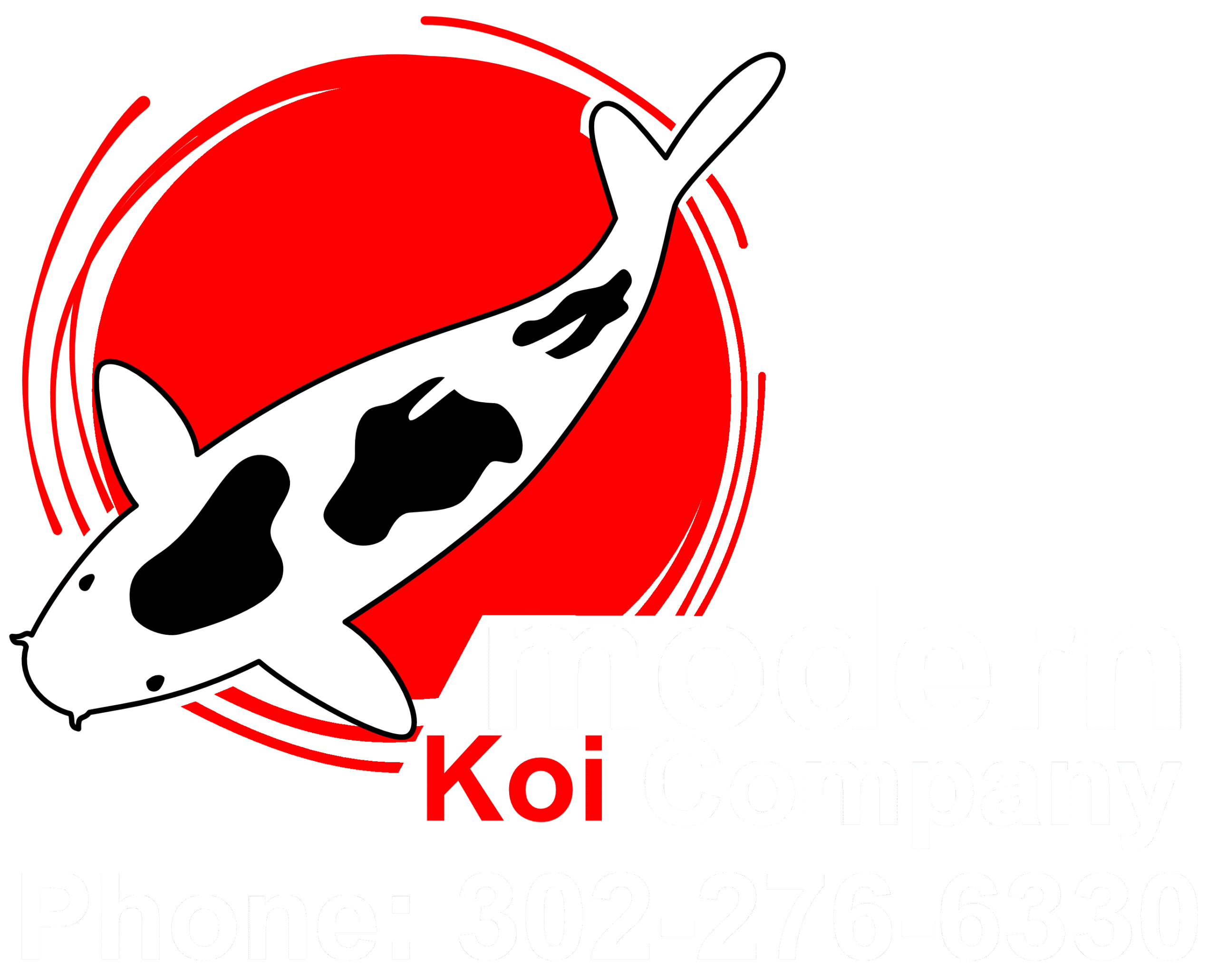The Right Amount of Food for Koi
An often underestimated issue is the right amount of food. If the koi are fed too little, they will not grow and will have problems overwintering (energy deficiency syndrome). If they are fed too much, this will put strain on the organs and gills. The amount of food required depends primarily on the age, variety, weight, gender, water temperature and the feeding goal (growth or maintenance).
Calculating the amount of food is particularly difficult due to the fact that most koi ponds contain a mixture of young and old koi of various varieties. Age in particular plays a decisive role in the intake and utilization of food. Young koi (Tosai and Nisai) are still growing strongly and can therefore metabolize higher amounts of food (as a percentage of body weight) without becoming fat. Depending on the variety, koi between the ages of 0 and 2 can metabolize up to 2.5% of their body weight in food without impairment at temperatures of 22-25°.
In older Koi, i.e. from the 3rd to 4th year of life (Sansai/Yonsai), the growth rate continues to decrease. Accordingly, less food is needed. In the “small” ponds, the Koi do not have to expend a lot of energy looking for food, unlike in nature. Large Koi need enough food to maintain their metabolic processes, growth, spawning, and some reserves for the winter.
The amount of food required for this is significantly lower, especially for jumbos, than for young koi. This is where caution is required, as jumbos can easily become fat! Fish at the end of their genetically determined growth phase only need around half to a third of the amount of food used by Tosai.
In addition to the composition of the feed, the amount of feed plays a crucial role. The most important factor is the total protein intake per day. Feeding a high-energy feed (high in fat) with a high protein content is no more harmful to the gills than feeding a low-protein feed. The crucial thing is that the amount of feed is reduced compared to feeding a low-energy feed! If the same amount of high-energy feed is continued, the excess energy can cause problems in the long term (even with very high-quality feed).
A higher fat content (energy density) results in several positive properties. The total amount of food can be reduced, which in turn also minimizes the gill load. The amount of food is of central importance for the gill load. The amount of food depends mainly on the temperature and the age of the fish.
Based on these influencing factors, it is clear that there cannot be one, optimal amount of food. It is a mixed calculation! Each koi from a mixed population of different ages and varieties has individual food requirements. The more precise the available data on the koi population and pond parameters, the more closely the calculated amount of food corresponds to the actual requirements.
Unsure about the right amount of food for your Koi?
Try the free Nutramare Koi food calculator now!


